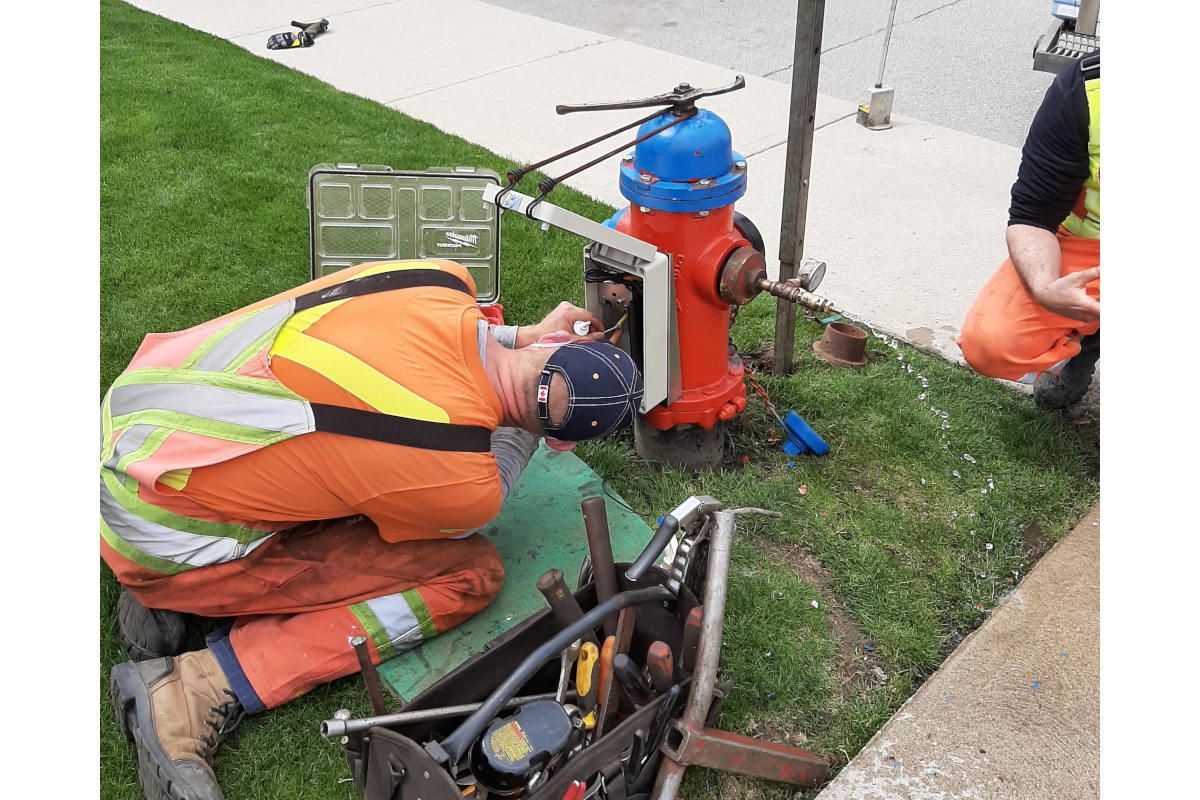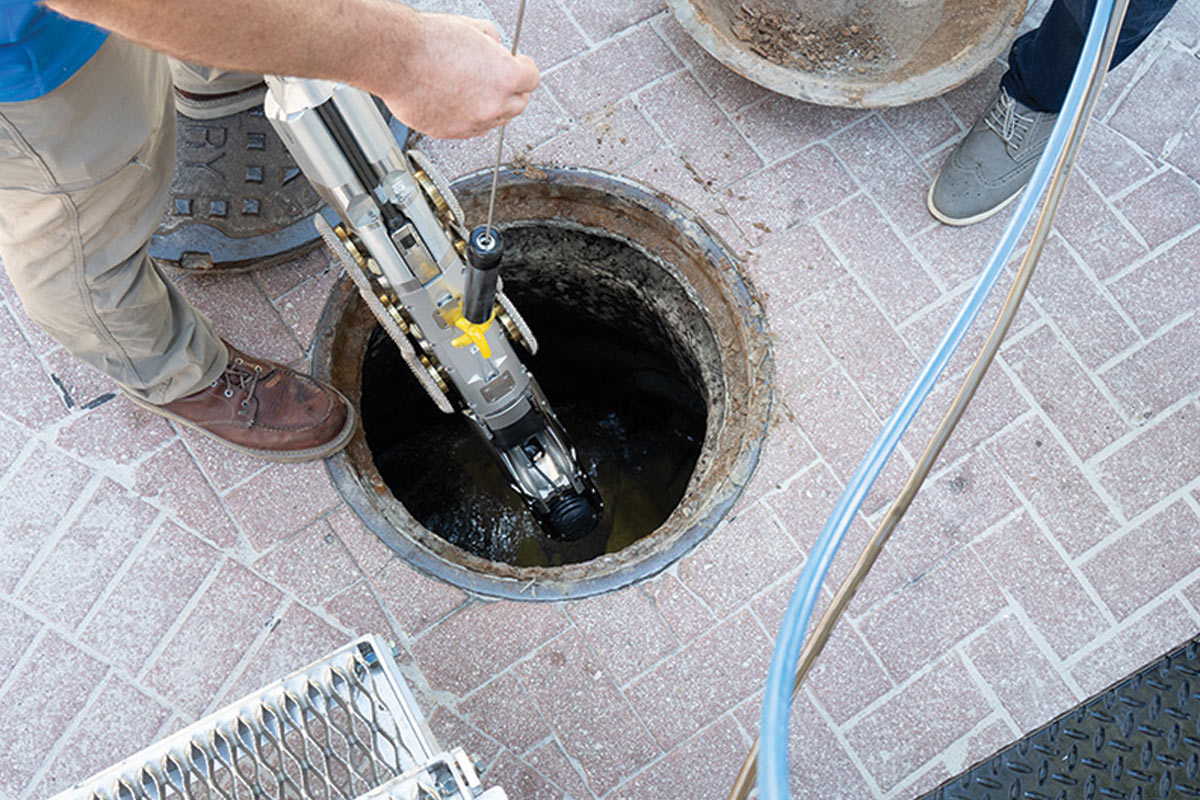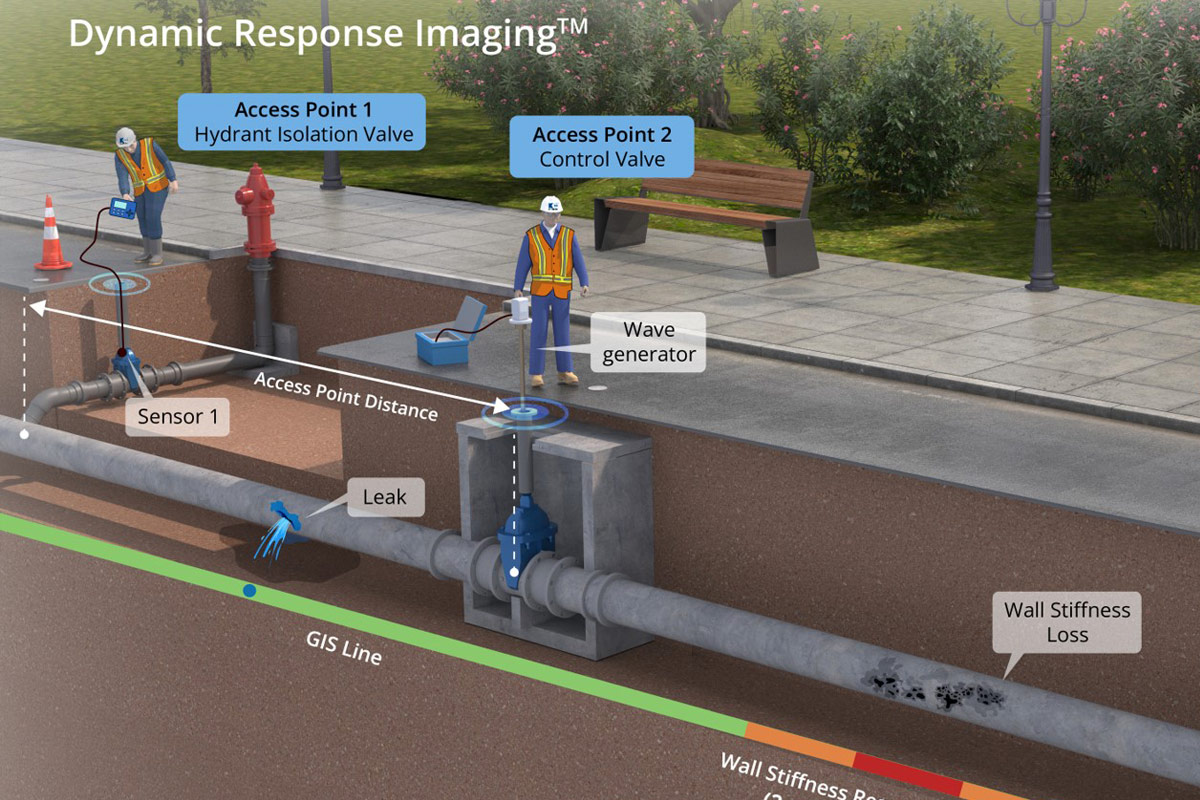
Properly Outfitting a Pipeline Inspection Vehicle
Outfitting a pipeline inspection vehicle can seem like a daunting task. You and your team are likely going to use this vehicle for the next decade, and the decisions you make at the beginning of the process can have large impacts on crew safety, efficiency, and capabilities. In our decades of experience building and servicing these vehicles, we have discovered a few key things to consider that will make your decision easier.
RELATED: RapidView’s Rapid Rise: CCTV Company Has Big Plans for Its Long- and Short-term Growth
What kind of pipeline inspection equipment are you installing?
Determining the equipment that will be installed in the finished vehicle may seem like the last step, however, the physical size and internal space requirements can vary dramatically from one type of system to another. Some systems such as lateral launching or rehabilitation equipment may require space for a second cable winch. Some types of work may require a larger portion of the vehicle to include storage areas for safety equipment, tools, water storage and tool storage. In short, start with what you want to deploy out of the vehicle, not the vehicle itself.
Ask your crew
This is likely not your first pipeline inspection vehicle purchase. Early in the process you should ask your crews what they like and do not like about their current and past vehicles. They have invaluable opinions, formed over years of working in your current vehicles.
Where do they wish they had extra storage?
What would make their current vehicle more comfortable, productive, and safe?
There are many accessories that you can consider at this stage. Examples include higher quality safety lighting, retractable canopies that protect workers and equipment from rain, cold weather packages, extra storage options, and built-in bathrooms. Brainstorm with your crew and your vendor to determine what options are important for your team and achievable with your budget.
RELATED: Pipe Inspection Software Keeps on Innovating
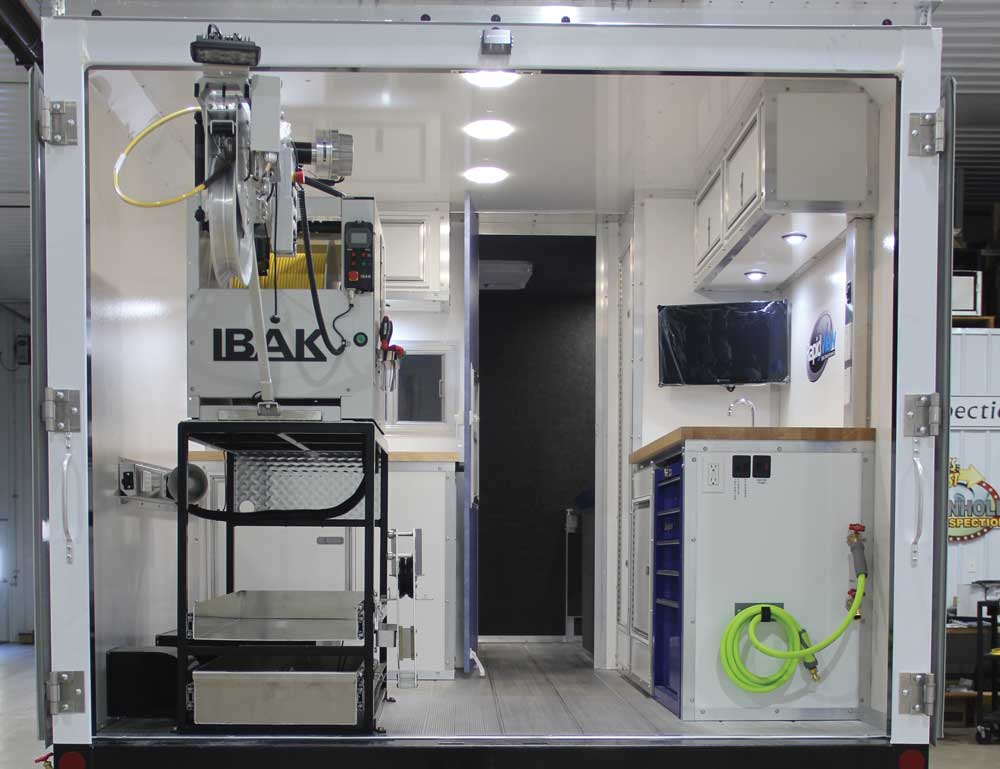
Pipeline inspection deployment vehicle selection
At this stage, you will need to consider a few basic questions that often get overlooked. We consider anything that delivers equipment to the jobsite to be a deployment vehicle. This can be an all-terrain vehicle, trailer, cargo van, pickup, or a large box truck (of varying sizes). It is important to consider the payload capacity of these vehicles. On average, we have found that we add about 1,500 lbs to a vehicle when it is completely outfitted. Below are some of the vehicle options and their characteristics.
- All-terrain vehicles are great for off-road and easement pipeline inspection work. They are capable, fit in small areas, have limited environmental impact, but need to be delivered to the jobsite by a support vehicle, and are often not road legal.
Trailers can be outfitted to be as comfortable and as spacious as many box trucks, but also require another vehicle to pull them and can be hard to maneuver in some areas. They cost less than a complete vehicle conversion and you likely have a pickup truck in your fleet that can pull them. - Cargo vans are compact, have great fuel economy, and can be outfitted to be comfortable. However, space is always limited, and you will need to make hard decisions regarding storage and workspace. Cargo vans can be an excellent choice for deployment for pipeline inspection in cities with narrow streets and heavy traffic.
- Box vans are the most common inspection vehicle choice. They can be built on truck or van chassis, and can be of varying length, width and height. Larger versions can provide large storage and work areas. Narrow width bodies can fit in tight spaces. Box vans provide you with the most freedom to outfit special requirements and larger pipeline inspection equipment packages.
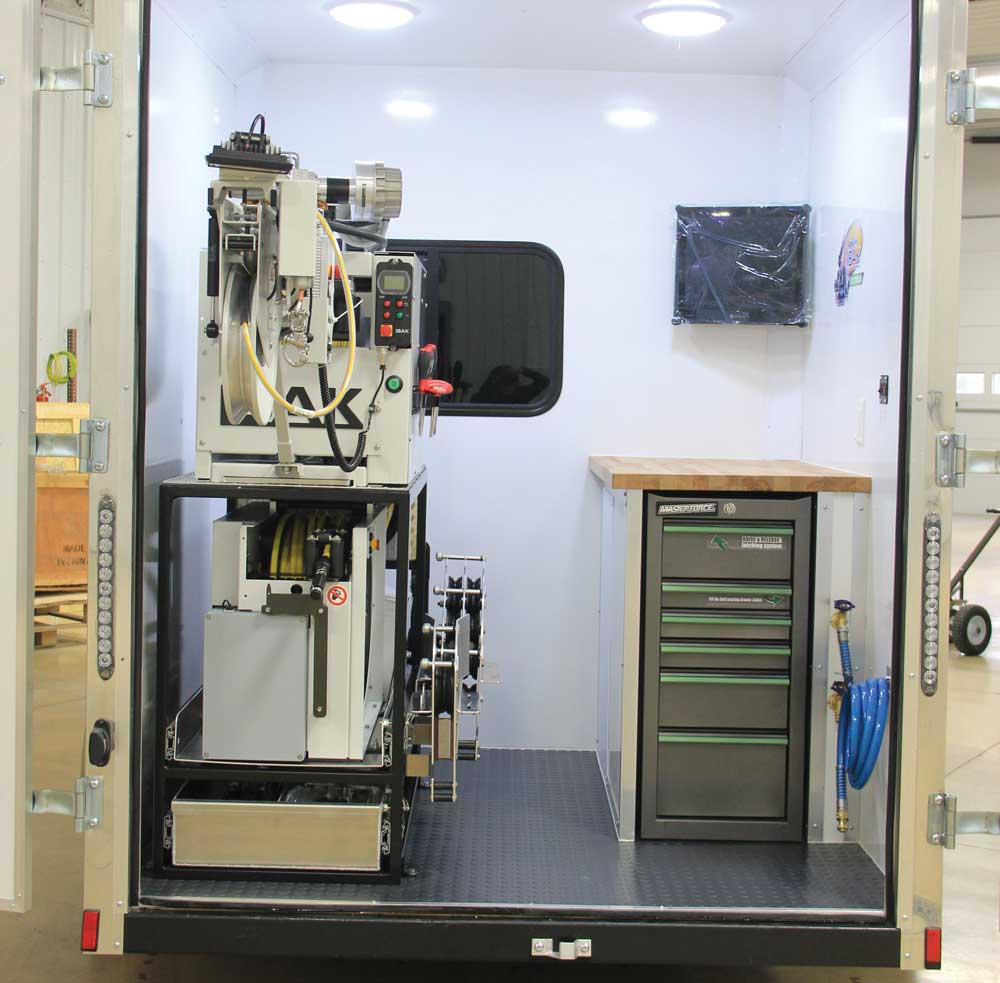
Power systems
Of the decisions you will make, the power system that provides electricity to the equipment and accessories is perhaps one of the most nuanced and important of the early decisions. Each type of system has its benefits and costs.
RELATED: Artificial Intelligence: Pipe Inspection’s Next Big Thing
These systems can also be combined to provide unique solutions and capabilities. Each type also changes the build-out of the conversion, so it is important to consider them early in the process.
- Gas or diesel generators are currently the standard choice. Good quality, modern generators are dependable, however, they take up considerable space and require air intake and exhaust. They also require regular maintenance. Modern generators are often quieter than older models, but they still emit sound that can be disruptive to crews and residents if working in populated areas and emit exhaust which must be considered.
- Engine-mounted generators are common systems in emergency vehicles. These systems use an installed generator on the vehicle motor to generate power while the engine is running. This requires the vehicle to run while in use but replaces the separately installed generator saving space. Depending on the vehicle this can be a more fuel efficient, quieter solution.
- Battery and inverter systems use energy stored in batteries to power the system and accessories. A battery powered system is silent and clean, however there are limitations. High quality batteries can be expensive, and you will need to charge the system. Systems can be designed to charge off the vehicle engine and/or be plugged in to charge overnight. Contractors who stay at hotels during longer projects can find it difficult to charge their systems at night, and the power storage required to run air conditioning in hot climates can result in prohibitively large, expensive, and heavy battery banks.
Finalize design
It is useful to think of vehicle builds as a small construction project. You and your supplier representative should go over all the options, set goals, and begin the design process. If it is a standard build with few accessories, it may be easy. But if it is a more complex build you will want to clearly define all custom options. Your vendor should be able to provide a CAD drawing of the build for your review and approval. As a vendor, we focus on this stage to avoid potential misunderstandings and set the appropriate expectations.
You will have to make more choices than those listed above. However, we have found that if you consider these factors, it can help make sure that you receive a pipeline inspection vehicle that meets your needs and helps you achieve your inspection goals.
Matt Sutton is the vice president of sales and marketing at RapidView IBAK.

